The Environmental Claims Code (the Code) is a voluntary code published by the Australian Association of National Advertisers (AANA) designed to ensure adherence to specific standards where Environmental Claims are made in advertising.
The Code is voluntary, has been around since 2021, and was fairly recently bolstered by the Australian Competition and Consumer Commission (ACCC) publishing its “Making environmental claims” guide for business outlining advertisers’ obligations under the Australian Consumer Law (ACL) in relation to environmental claims.
The current AANA Code
The current AANA Code contains three basic principles, which can be summarised as follows: advertisers Environmental Claims must be (1) truthful and factual, (2) relevant, specific and not overstated, and (3) be substantiated and verifiable.
The new AANA Code
On 1 March 2025, the new AANA Code will commence. Compared with the current Code, its application is extended to include images, sounds and any broad or vague Environmental Claims. The obligations under the new Code are also much more specific and detailed.
For example, Environmental Claims must:
Be truthful and factual
Environmental Claims and the overall impression created by the advertisement they are contained in, should not be, or be likely to be, misleading or deceptive to the target consumer. Where comparisons are made against an advertiser’s previous process or other products, they should be presented in a way that allow like-for like comparisons.
Be substantiated by evidence
Environmental Claims in advertising must be supported by evidence and verifiable. They should be based on reasonable grounds at the time the Claim is made, not misrepresent third party certifications and validations. There is specific guidance for scientific claims, test methods and statistical models, life cycle assessments and compostable claims.
Use language that is clear, specific and conveys the limitations of a claim
The use of specific terminology (e.g scientific terminology) should be capable of being easily understood by the target consumer. Furthermore, a Claim must specify whether it refers to the entire or specific part of the product, service or package. Advertisers and marketers should also explain if there are steps or conditions that need to be met in order for a Claim to be true. There is specific guidance on “general claims” (e.g “eco friendly”, “green”, “sustainable”), “emissions related claims” (e.g headline claims like “Carbon Neutral” and “Net Zero”) and “recyclable claims”.
Involve a genuine benefit to the environment
The significance of an Environmental Claims must not be overstated, nor should the Claim understate an environmental harm.
If they relate to future environmental objectives, must be based on reasonable grounds
Advertisers and marketers should take ensure that Claims about aspirational targets or goals are underpinned by reasonable grounds at the time the Claim is made (e.g verifiable data, clear plans and milestones and accepted methodologies). These claims need to be updated when it becomes apparent the advertiser might not meet them.
The new AANA Code v the ACCC guidance for businesses
Application of a legal test
Unlike the ACCC guidance, which is informed by the ACL, the AANA Code does not intend that a legal test be applied to determine if a Claim is misleading or deceptive.
Complying with the code
Compliance with the Code will not automatically correspond to compliance with obligations under the ACL.
Top parity
Under the new Code, top parity claims in advertisements (e.g “no one better”) should be substantiated by reasonable data.
Test methods & statistical models
The new Code stipulates that the use of test methods and statistical models should be relevant to the particular product, the conditions of its use and relate to the environmental impact being measured.
Compliance and enforcement
Where a complaint has been made by a consumer under the AANA Code to Ad Standards and the complaint is upheld, the advertiser will be required to change or remove their advertisement. A case report will subsequently be published.
Recommendations to businesses
As levels of consumer scrutiny and scepticism towards Environmental Claims increase, we expect to see a spike of complaints about these claims to Ad Standards. We are recommending that advertisers and marketers assess any Environmental Claims against the new AANA tests prior to its commencement in March 2025. If you need assistance with ensuring the Environmental Claims in your advertisements meet the forthcoming AANA Code obligations, contact our team at CIE Legal.


